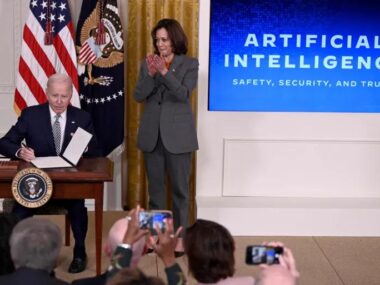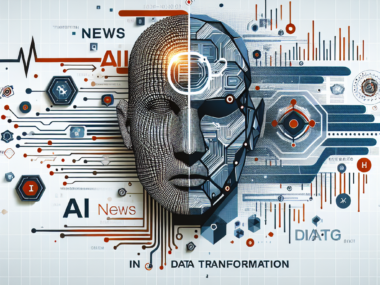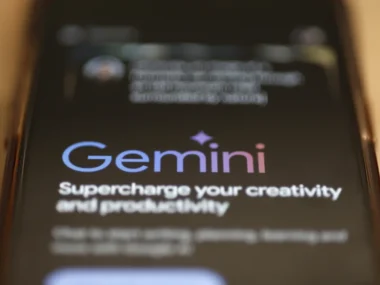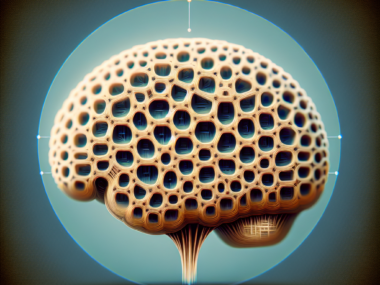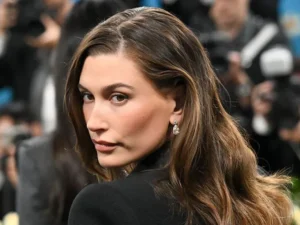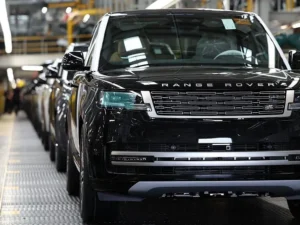ChatGPT’s image generation tool has sparked a fresh trend of personalised digital avatars, with LinkedIn users at the forefront—transforming themselves into action figure-style images.
This new wave of AI-generated self-portraits gained traction after the viral Studio Ghibli-style art phase, featuring users styled as boxed dolls with job-related props and themed packaging.
The most common format mimics classic action figures or Barbie dolls, complete with accessories like laptops, coffee mugs, or books—representing professional personas. These images often appear like toy store displays, complete with catchy slogans and custom branding.
The trend took off on LinkedIn, where professionals embraced the format to present their personal brands more creatively. Marketers, consultants, and others used the “AI Action Figure” concept to stand out. Since then, the idea has spread to Instagram, TikTok, and Facebook, though its core audience remains on LinkedIn.
Powered by GPT-4o’s image capabilities, users upload high-quality full-body photos with prompts that detail desired accessories, packaging themes, and stylistic choices. Some go for a nostalgic “Barbiecore” look, while others maintain a sleek, corporate aesthetic.
Refinements are common, with users tweaking accessories and wording to better align the final result with their personality or profession. The end product blends humour, personal branding, and AI artistry in a toy-inspired portrait.
Although not as widespread as the Ghibli-style trend, the action figure format has seen steady content creation. Hashtags like #AIBarbie and #BarbieBoxChallenge have gained visibility, with brands such as Mac Cosmetics and NYX joining in. Even public figures like Marjorie Taylor Greene have posted AI-generated doll versions of themselves.
Engagement has been mixed—some posts go unnoticed, and major influencers have mostly stayed away. Still, the trend reflects ChatGPT’s growing role in digital self-expression and content creation.
This isn’t the first time ChatGPT’s image tools have overwhelmed the platform. The Studio Ghibli trend had previously caused a spike in demand, leading OpenAI to temporarily restrict image generation for free users. CEO Sam Altman referred to that moment as “biblical demand.”
Though smaller in scale, the action figure craze follows a similar path—using AI to empower creativity through simple tools. Unlike the Ghibli portraits, the new trend hasn’t faced much criticism and instead highlights evolving conversations around digital identity and aesthetics.
Its simplicity is part of the appeal—it’s easy to use, fun, and flexible. The final image often feels like a mix between a professional portrait, a novelty toy, and a playful social media post.
While some may see it as a passing fad, others view it as a glimpse into the possibilities of accessible AI art. Whether it’s a coffee-holding mini-me or a boxed Barbie-style avatar, ChatGPT is once again reshaping how people portray themselves online.



